Table of contents of the article
ToggleBean common blight is a bacterial disease that affects bean plants, causing brown spots on leaves and stems. In this article on your website, World of Plants, we will discuss methods of prevention and treatment.
Symptoms of common blight in beans
Name of the diseaseCommon blight of beans
Scientific name: Bacteria Xanthomonas campestris pv.phaseoli
نوع: bacterial
Disease family: Xanthomonadaceae
Small, watery, transparent spots about 2 mm in diameter that turn yellowish brown as the infection progresses and are surrounded by a small halo 2-3 mm wide of pale yellow tissue. As the infection progresses, the spots coalesce and large areas of tissue die. Papers Similar spots form on the stems and petioles of the leaves, except that they are rectangular in shape, and the seeds may become infected, shrink, wrinkle, and take on a reddish-brown color.
Causes of common blight in beans
Bacteria move between the rows of cells and secrete enzymes that decompose the middle lamina of these cells, which leads to tissue decomposition and death and the appearance of the aforementioned symptoms. Likewise, microbes emerge from the stomata to the surface of the leaves.
Suitable conditions for the spread of common blight in beans
In warm, humid weather with or without rain at temperatures from 28°C to 32°C.
Development cycle of common blight in beans
Bacteria are found on infected plant residues and in seeds. The infection begins with the growth of bacteria on the shoot, and thus the infection occurs in the cotyledon leaves as they penetrate the soil. They enter through cracks in the cuticle layer, and growth increases between the rows of cells until it reaches the vascular tissue, where it is transmitted through the xylem vessels and Thus, symptoms occur on the stem and leaves. Infection can then occur through the entry of bacteria transmitted by wind, dirt, humans, animals, rain water, through the stomata in the leaves.
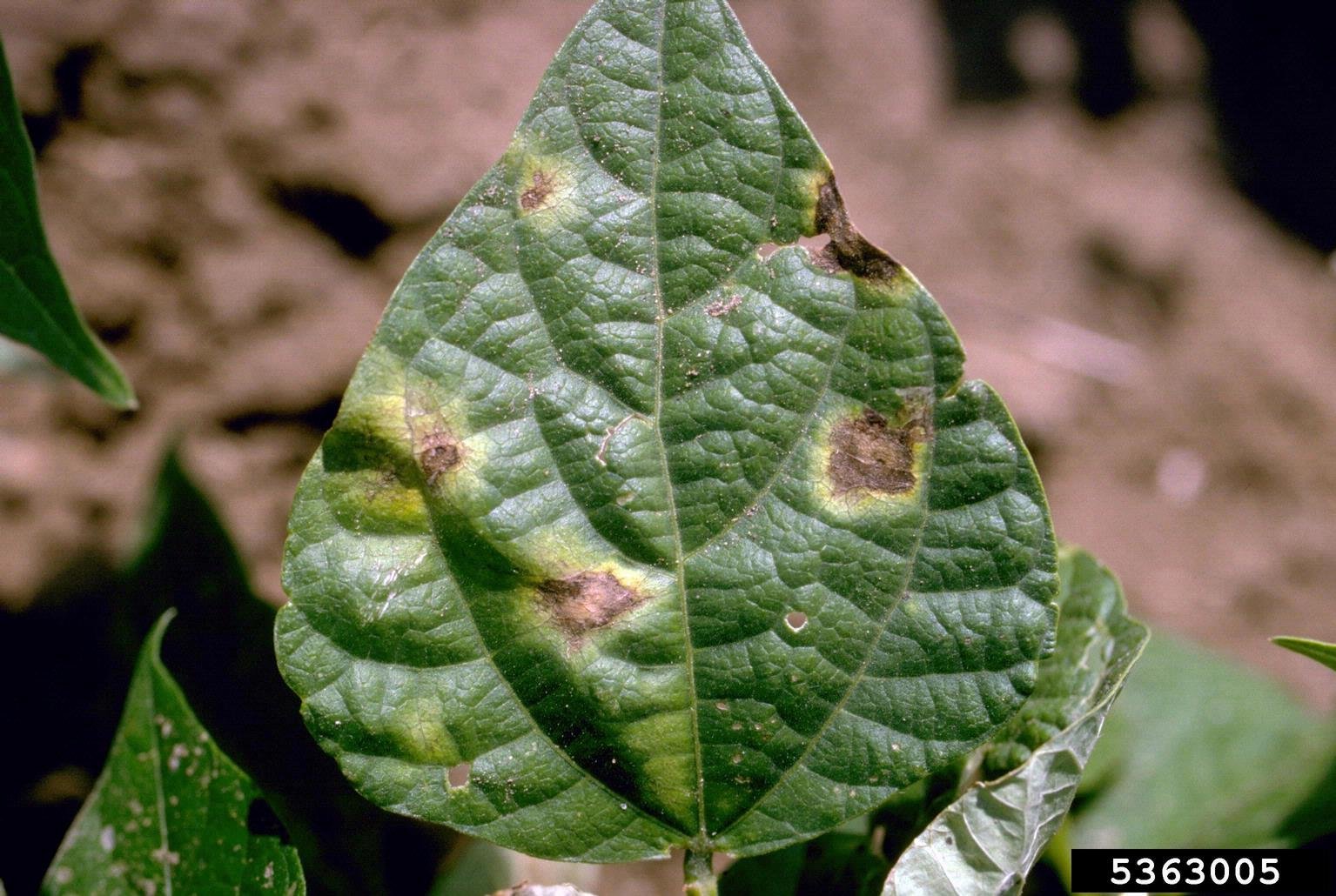
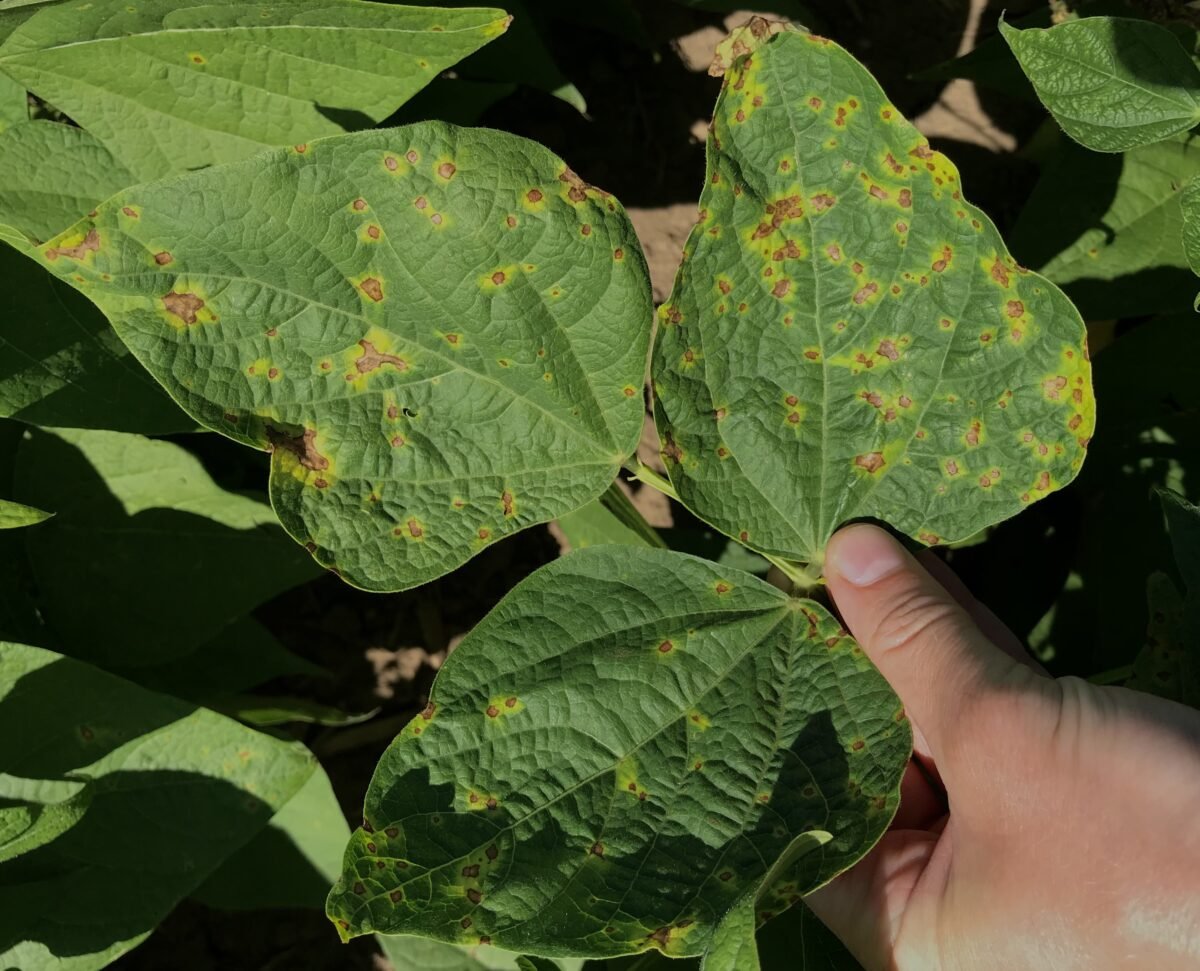
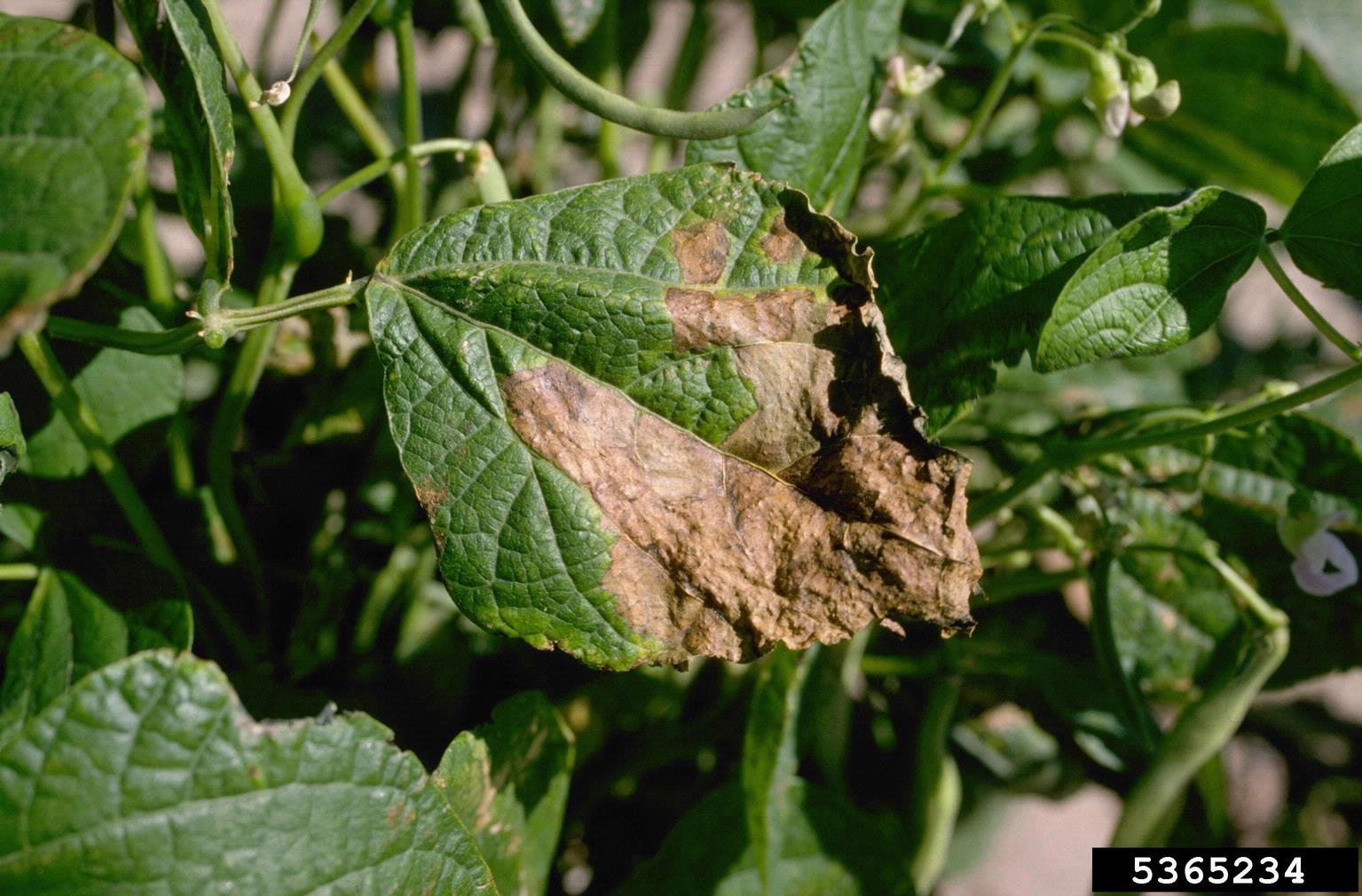
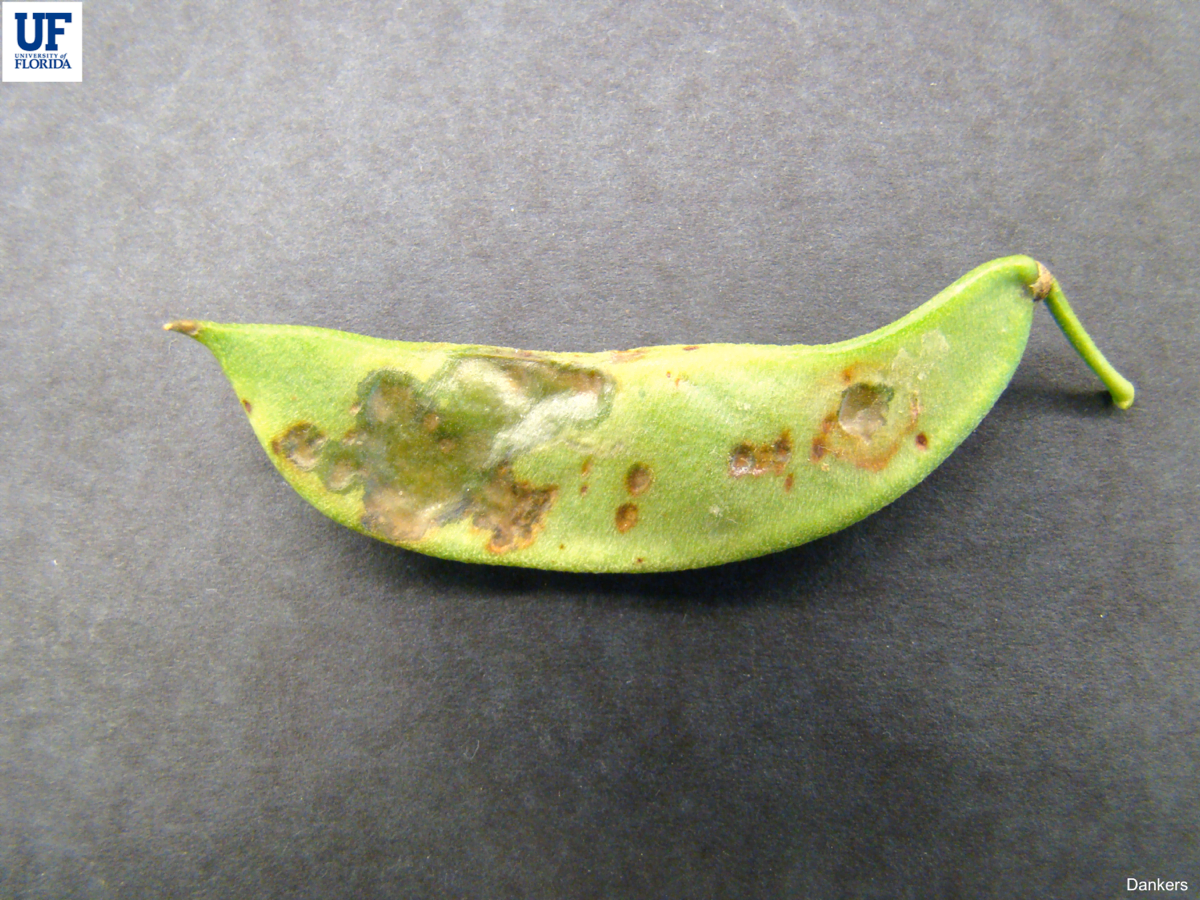
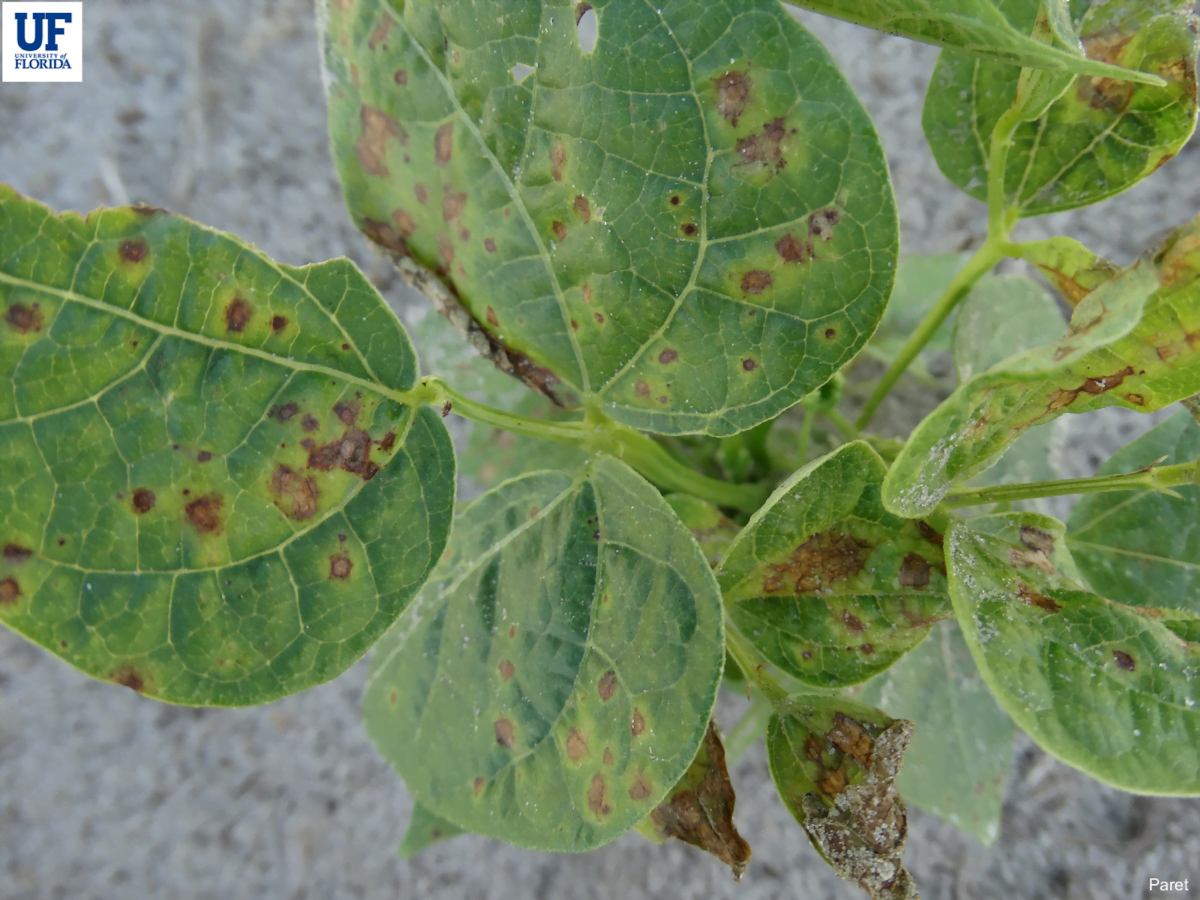
Losses of disease spread
The disease spreads throughout most parts of the world. It has been known in the United States of America since 1886. It affects most types of beans, including green and dry types.
Control strategy
- Mechanical control
- Physical control (tillage, sanitation, pruning, solarization)
- Biocides
Preventive measures to prevent the occurrence of the disease
- Cultivation and breeding of disease-resistant varieties. It has been found that most dry seed varieties are highly susceptible to the disease.
- Use clean seeds free of infection.
- Remove the remains of bean plants and dispose of them carefully.
Antibiotic recommendations
Use antibiotics such as Streptomycin sulphate solution at a rate of 200 parts per million, and immerse seeds whose safety is doubtful in it for 10-30 minutes. The solution may be sprayed with a concentration of 300 parts per million and a little glycerin added to it.
In conclusion, we would like to note that we, at the world of plants website, offer you all the necessary services in the world of plants, we provide all farmers and those interested in plants with three main services::-
- Artificial intelligence consulting service to help you identify diseases that affect plants and how to deal with them.
- Blog about plants, plant diseases and care of various crops ... You are currently browsing one of her articles right now.
- An application that provides agricultural consultations to clients, as well as a service for imaging diseases and knowing their treatment for free – Click to download the Android version from Google Play Store، Click to download the IOS version from the Apple App Store.
References:
Common blight of beans - almerja
Bacterial diseases that affect beans - aerif.chrkat
COMMON BACTERIAL BLIGHT – University of Florida




